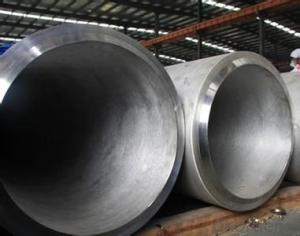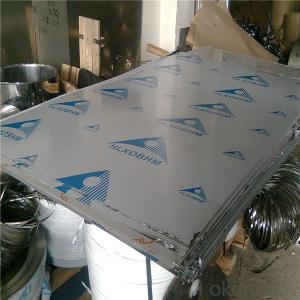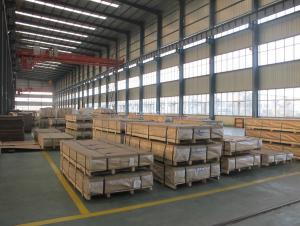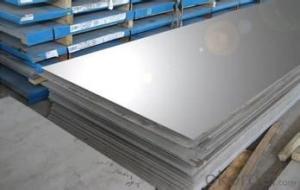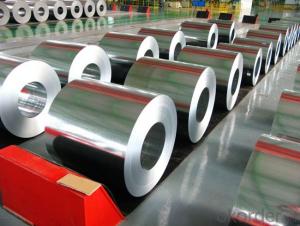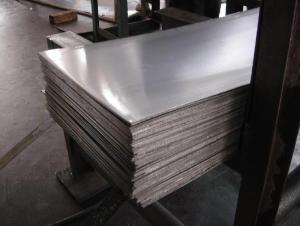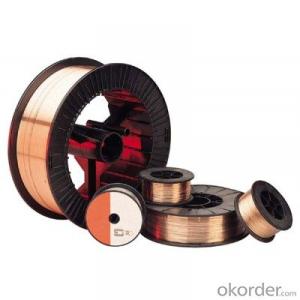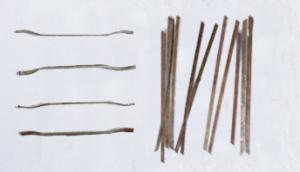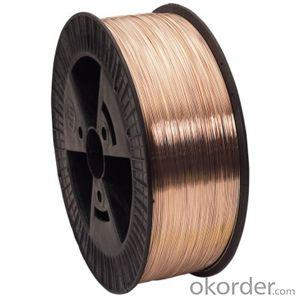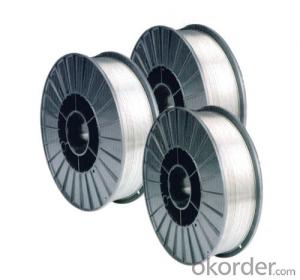Stainless Steel 420
Stainless Steel 420 Related Searches
Best Paint For Stainless Steel Blanket Insulation For Steel Buildings Primer For Galvanized Steel Foam Filter For Stainless Steel H S Code For Stainless Steel Surface Grinding Wheels For Stainless Steel Surface Grinding Wheels For Hardened Steel Hole Saw For Stainless Steel Paint For Stainless Steel Stainless Steel For BbqHot Searches
Steel Mesh Panels For Sale Price For Stainless Steel Scrap Scrap Price For Stainless Steel Price For Stainless Steel Stainless Steel Tank For Sale Stainless Steel Sheets For Sale Cheap High Tea Sets For Sale Stainless Steel Tanks For Sale Stainless Steel For Sale High Density Fiberboard For Sale Solar Hot Water Collectors For Sale Scaffolding For Sale In Uae Scaffolding For Sale In Ireland Scaffolding For Sale In Houston Type Of Inverter For Solar Price Of Shipping Containers For Sale Types Of Inverter For Solar Stock Price For Aluminum Used Solar Inverter For Sale Steel Mesh Panels For SaleStainless Steel 420 Supplier & Manufacturer from China
Okorder.com is a professional Stainless Steel 420 supplier & manufacturer, offers integrated one-stop services including real-time quoting and online cargo tracking. We are funded by CNBM Group, a Fortune 500 enterprise and the largest Stainless Steel 420 firm in China.Hot Products
FAQ
- What's the difference between stainless steel wire drawing and stainless steel products?
- Stainless steel wire drawing is very particular about procedures and techniques, generally with the wire drawing machine repair and restore the product scraping position and weld, and finally achieve the overall drawing effect.
- Electrical resistors commonly utilize various types of stainless steel wire. The selection of the specific type depends on the resistor's requirements and intended usage. 1. The most frequently employed stainless steel wire in electrical resistors is Type 304. This material is versatile, readily available, and exhibits good resistance to corrosion and oxidation. Moreover, Type 304 stainless steel wire offers excellent electrical conductivity and can withstand high temperatures. 2. Type 316 stainless steel wire is often chosen for resistors exposed to harsh environments like marine or industrial applications. It provides enhanced corrosion resistance, particularly against chlorides and acids. 3. Resistors requiring high temperature resistance frequently employ Type 321 stainless steel wire. This material boasts excellent oxidation resistance and maintains its strength and stability at elevated temperatures. 4. Type 430 stainless steel wire is commonly found in resistors that necessitate heat and corrosion resistance. Its higher carbon content grants increased strength and hardness. 5. For resistors demanding high strength and hardness, Type 410 stainless steel wire is frequently utilized. Although it possesses good corrosion resistance, it falls short compared to the aforementioned types. Type 410 stainless steel wire is commonly employed in resistors facing high mechanical stress. It is crucial to consider various factors, including specific application, temperature requirements, and environmental conditions when selecting stainless steel wire for electrical resistors. Manufacturers carefully evaluate these considerations to ensure optimal performance and durability of the resistors.
- Guitar frets, as a general rule, are not typically fashioned from stainless steel wire. Instead, they are commonly crafted from nickel-silver or nickel alloy, renowned for their durability, resistance to wear, and ability to produce a clear and distinguishable sound. In contrast, stainless steel wire is firmer and less pliable than nickel-silver, rendering it less suitable for frets. Furthermore, stainless steel has the potential to be overly abrasive, causing excessive wear on guitar strings, resulting in diminished playability and tone quality. Consequently, it is advisable to employ appropriate materials such as nickel-silver or nickel alloy for guitar frets to ensure optimal performance and longevity.
- What is the minimum diameter of stainless steel wire? Do you have a price smaller than 10 microns? Where can I sell it?
- I'm sorry, at present, industrial grade stainless steel wire can only reach 0.05mm, that is, 50 microns.
- Wire displays can indeed utilize stainless steel wire. This particular type of wire is renowned for its exceptional durability, strength, and resistance to corrosion, rendering it an ideal material for wire displays. Its versatility allows for the creation of various display types, including shelving units, racks, baskets, and hangers. Stainless steel wire displays are prevalent in numerous settings, such as retail stores, supermarkets, exhibitions, and even homes, where they serve as effective organizers and showcases for products or items. Additionally, the wire's sleek and modern aesthetic enhances the overall style of any display.
- There are several different types of stainless steel wire ropes that are commonly used in bridges. These types include: 1. 1x19 construction: This type of wire rope consists of 19 individual strands of stainless steel wire that are twisted together in a single direction. It offers high strength and excellent resistance to corrosion, making it suitable for use in bridge construction. 2. 7x19 construction: In this type, the wire rope is made up of seven strands, with each strand containing 19 individual wires. This construction provides increased flexibility and durability, making it ideal for applications where the wire rope needs to be bent or twisted. 3. 6x19 construction: Similar to the 7x19 construction, this type of wire rope consists of six strands, with each strand containing 19 individual wires. It offers a good balance between strength, flexibility, and resistance to corrosion, making it suitable for various bridge applications. 4. 6x36 construction: This type of wire rope is made up of six strands, with each strand containing 36 individual wires. It offers increased flexibility and fatigue resistance, making it suitable for long-span bridges or applications where the wire rope undergoes constant movement or vibration. 5. 7x7 construction: This type of wire rope consists of seven strands, with each strand containing seven individual wires. It provides good flexibility and is commonly used in bridge applications where a lighter load capacity is required. These different types of stainless steel wire ropes are selected based on the specific requirements of the bridge project, including load capacity, span length, flexibility needs, and resistance to corrosion. Each type offers its own unique properties and advantages, allowing engineers to choose the most appropriate wire rope for a particular bridge design.
- Wire strainers can indeed utilize stainless steel wire. Stainless steel is renowned for its durability, resistance to corrosion, and impressive strength, rendering it an optimal material for a wide range of applications, including wire strainers. Industries such as food processing, pharmaceuticals, chemical processing, and wastewater treatment regularly employ stainless steel wire strainers due to their ability to endure harsh environments and extreme temperatures. The non-reactive properties of stainless steel guarantee that it will not contaminate the materials being strained, providing a secure and dependable choice for wire strainers. Furthermore, stainless steel wire can be effortlessly molded and woven into various mesh sizes, enabling efficient straining of diverse particle dimensions.

















